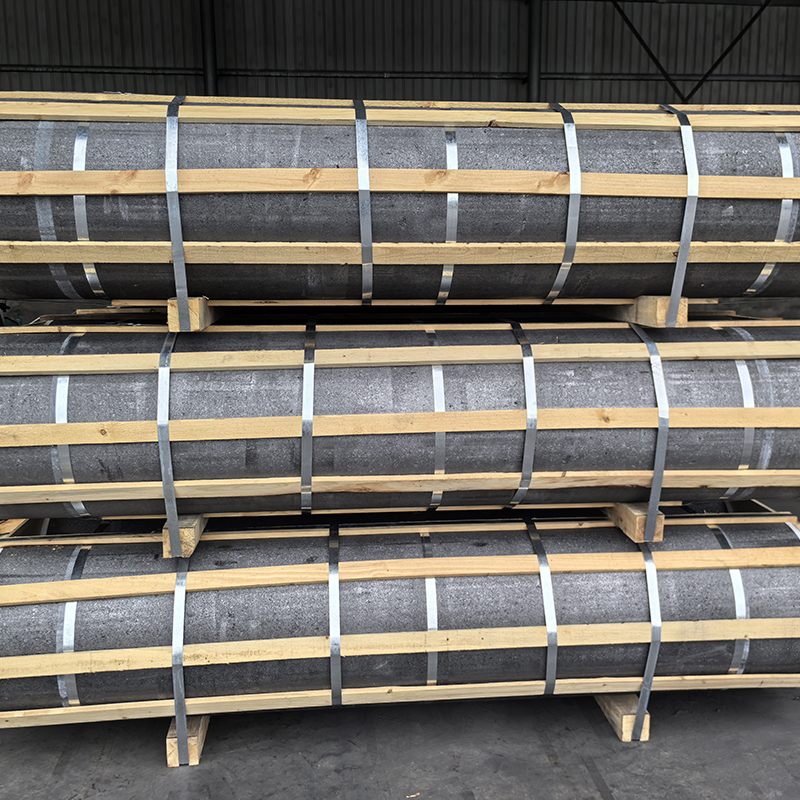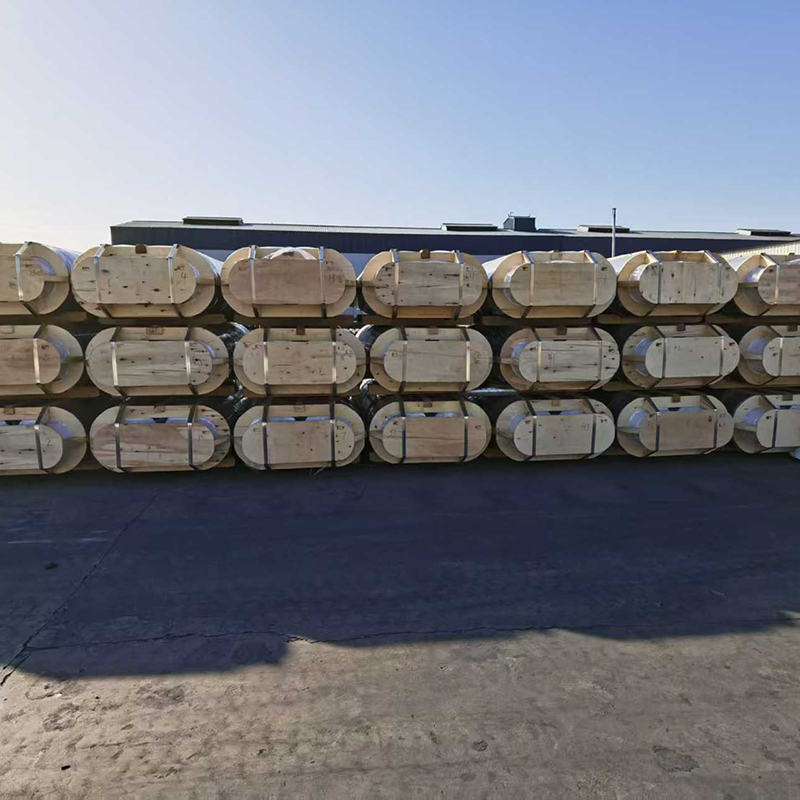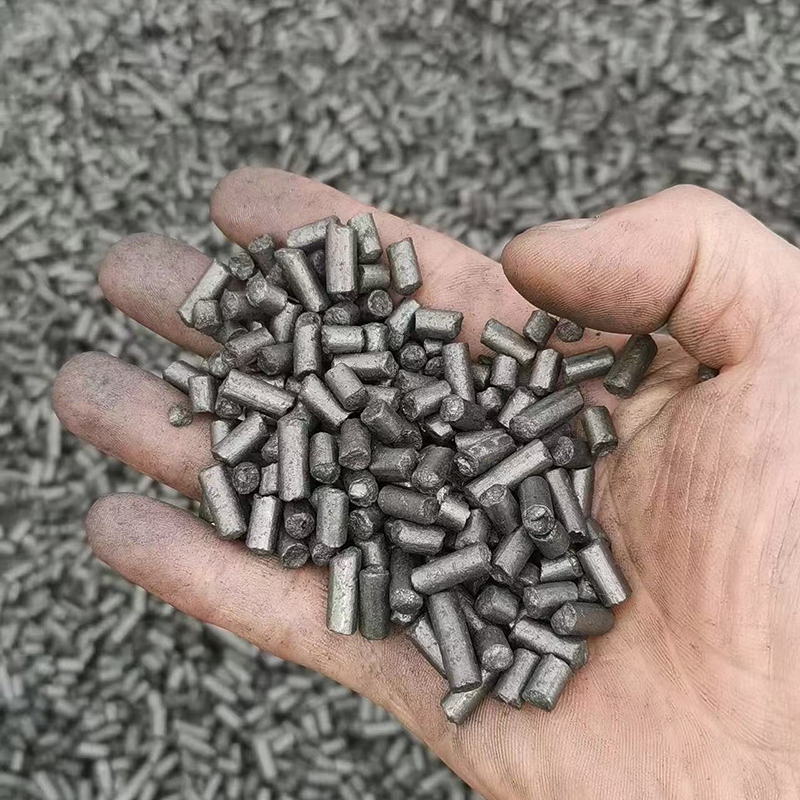
Graphite as Electrode: A Comprehensive Guide
2025-05-13
Graphite as Electrode: A Comprehensive Guide
This article explores the multifaceted role of graphite as an electrode material, covering its properties, applications, advantages, and limitations. We delve into various types of graphite electrodes, their manufacturing processes, and their performance in different electrochemical systems. Learn how the unique characteristics of graphite make it a crucial component in a wide range of technologies.

Understanding Graphite’s Properties for Electrode Applications
Exceptional Electrical Conductivity
Graphite’s layered structure allows for excellent electrical conductivity, making it ideal for transferring electrons in electrochemical processes. This high conductivity is crucial for efficient operation in batteries, fuel cells, and other electrode-based systems. The specific conductivity can vary depending on the type and purity of the graphite used. For instance, highly oriented pyrolytic graphite (HOPG) exhibits exceptionally high conductivity along the basal plane.
Chemical Stability and Inertness
In many applications, the chemical stability of graphite as electrode material is paramount. Its inertness prevents unwanted chemical reactions with the electrolyte, ensuring the longevity and reliability of the electrochemical device. However, it’s important to note that graphite’s stability can be affected by factors like temperature and the chemical composition of the electrolyte. Some specialized graphite grades are treated to enhance their resistance to oxidation and corrosion.
High Surface Area
A high surface area is desirable in many electrode applications as it allows for greater contact between the electrode material and the electrolyte, improving reaction kinetics and overall performance. Different forms of graphite, such as expanded graphite, offer significantly higher surface areas compared to conventional graphite, enhancing their suitability for specific applications like supercapacitors.
Types of Graphite Electrodes
Various types of graphite are utilized as electrodes, each tailored to specific requirements:
Natural Graphite Electrodes
Derived from naturally occurring graphite deposits, these electrodes offer a cost-effective solution for numerous applications. However, their properties can vary depending on the source and processing methods. They are often used in applications where high purity isn’t critical.
Synthetic Graphite Electrodes
Synthetic graphite electrodes are produced through high-temperature processes and offer superior control over their properties, such as purity, crystal structure, and porosity. This allows for the customization of electrodes to meet specific performance requirements. They are frequently preferred in high-performance applications such as lithium-ion batteries.
Other Specialized Graphite Electrodes
Several specialized forms of graphite are employed for specific applications, including:
- Highly Oriented Pyrolytic Graphite (HOPG): Known for its exceptional conductivity and crystalline structure.
- Expanded Graphite: Possesses a high surface area due to its exfoliated structure.
- Mesoporous Graphite: Features a highly porous structure for enhanced electrochemical performance.
Applications of Graphite Electrodes
The versatile nature of graphite as electrode material makes it indispensable in a wide range of technologies:
| Application | Description |
|---|---|
| Lithium-ion Batteries | Graphite is widely used as the anode material in lithium-ion batteries, due to its high conductivity and ability to intercalate lithium ions. |
| Fuel Cells | Graphite’s high conductivity and chemical stability are crucial in fuel cell electrodes. |
| Supercapacitors | High surface area graphite, such as expanded graphite, is used to improve the energy storage capacity of supercapacitors. |
| Electrolysis | Graphite electrodes are employed in various electrolytic processes for their conductivity and resistance to corrosion. |
For high-quality graphite as electrode materials, consider exploring the offerings from Hebei Yaofa Carbon Co., Ltd., a leading supplier of carbon products. They offer a range of graphite products tailored to various applications.

Challenges and Future Trends
Despite its widespread use, challenges remain in utilizing graphite as electrode. These include optimizing its performance in extreme conditions, improving its cycle life, and exploring alternative forms to enhance its properties further. Ongoing research focuses on developing novel graphite-based electrode materials with enhanced electrochemical properties to meet the demands of emerging technologies, such as next-generation batteries and energy storage systems.
1 Data on specific graphite properties can be found on various material science databases and manufacturers’ websites. Please consult reputable sources for detailed information.











